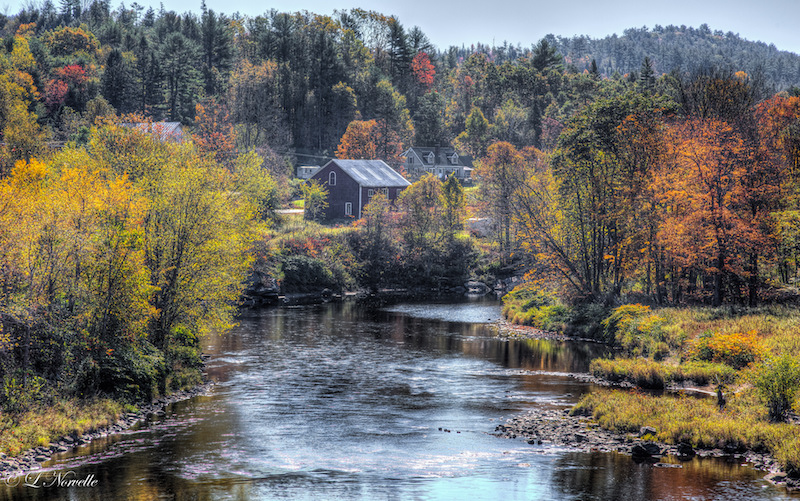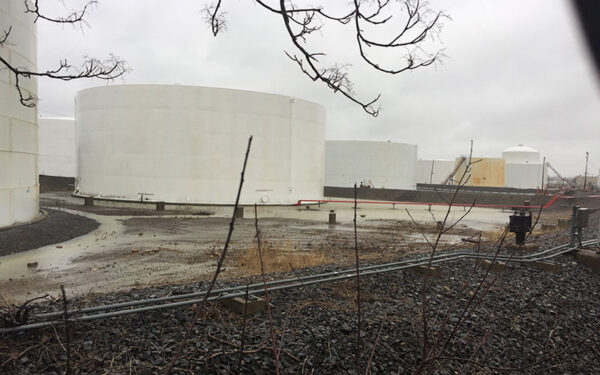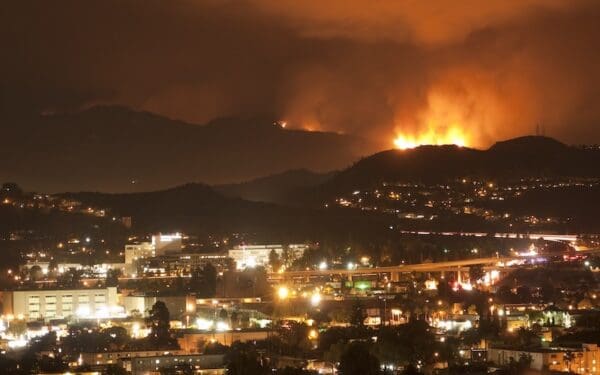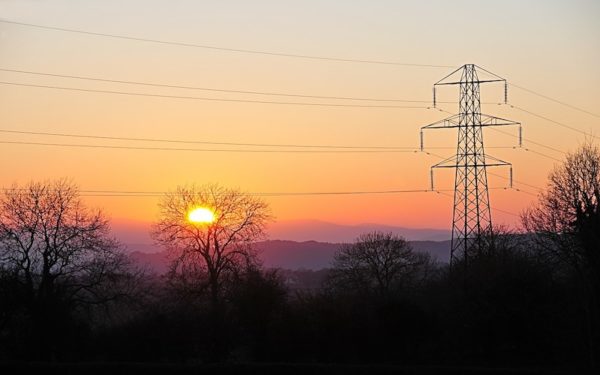
Every state in New England needs to fully commit to its climate goals. Photo Credit: Linda Norvelle via Flickr
You know that sinking feeling? The one where you think you’ve done a good job, but it turns out you didn’t? That’s the boat Vermont finds itself in when it comes to tackling climate change. We thought we were leading. But in fact, we are falling behind on our climate goals.
Vermont’s climate-damaging emissions are on the rise, despite our desperate need to lower them in order to fight climate change. And we’re seeing the devastating effects of our changing climate already. The ongoing droughts, wildfires, severe storms, rising sea levels, deadly heat waves, and storm washouts lighting up our news feeds here at home and across the country show how urgently we must cut back our fossil fuel use. And it’s a regional problem – only if every state in New England and beyond slashes its carbon pollution can we hope to stem the even worse impacts predicted to come.
A coalition of Northeastern Governors and Eastern Canadian Premiers met in Vermont this week to discuss issues affecting families and businesses in the region. And while they made resolutions on cross-border trade and energy security, climate change – and working together to reduce fossil fuel use – should have been a bigger part of their efforts. And it should have been a bigger part of Vermont’s agenda this year as well.
Vermont Misses Its Climate Goals
A decade ago, Vermont set bold goals to reduce greenhouse gas pollution. Those goals called for slashing emissions 25 percent by 2012, 50 percent by 2028, and 75 percent by 2050. Vermont’s statutes also called on the state to reduce harmful climate pollution and require utilities to increase their use of renewable energy sources like solar and wind for electricity.
But we’ve missed the mark – by a lot. The most recent greenhouse gas inventory from Vermont’s Agency of Natural Resources shows that instead of being 25 to 50 percent below 1990 levels, pollution has increased 16 percent since 1990. What we’ve been doing isn’t working, and our lofty goals alone are not enough. We need real action.
This is true on a regional level as well. Just having goals, without strong commitments and the actions to back them up, won’t help us stave off the worst effects of climate change. The problems we see playing out on a state level – insufficient commitments, missing milestones, and a lack of meaningful action – are being reflected at the regional level. You can see this in how our governors and the Eastern Canadian Premiers didn’t take action on cutting harmful emissions and instead focused on energy security and adaptation to our new climate. These issues are important, but don’t address the underlying problem our region faces.
Current Climate Action Doesn’t Go Far Enough
Consider this: Climate pollution generally in the United States is falling, but it’s on the rise in Vermont. On the heels of this disturbing news, Governor Scott’s hand-picked Climate Action Commission issued a lengthy report with recommendations to reduce pollution, save money, and grow the economy.
Unfortunately, their list is long on talk and short on action. It’s a compilation of underwhelming baby steps that are not on par with the challenge. Most of the specific recommendations just recycle actions already underway – like weatherizing homes and supporting the transition to electric vehicles. Completely missing from the Commission’s recommendations are bold actions the public clamored for, like putting a price on carbon pollution, limiting new fossil fuel pipelines, or going 100 percent renewable.
The definition of insanity is doing the same thing over and over and expecting a different result. But that’s exactly what Vermont is doing. What we need instead is stronger, bolder action.
This is not only a problem in Vermont, of course. We saw the same lack of commitment play out at this year’s (and last year’s) Governors Conferences. Although the New England Governors and Eastern Canadian Premiers have previously set targets for reducing climate-damaging emissions in the region, meaningful action to curb carbon pollution was completely missing from the group’s resolutions this year. This is a serious missed opportunity. With federal inaction and rollbacks on climate change, regional action is more important than ever.
It’s Time for Everyone to Commit to Climate Action
Climate change demands urgent action. A good place to start would be for Vermont and every New England state to make stronger, enforceable commitments to reducing their carbon pollution – and for the region as a whole to commit to cutting our use of fossil fuels. CLF is pushing for binding targets and enforceable action in every New England state. It won’t be easy, and we’ll need your help to get these critical measures on the books.
For Vermont in particular, goals are not enough. Other New England states – including Massachusetts and Connecticut – have a Global Warming Solutions Act that requires specific reductions in emissions and requires permitting and programs to achieve those reductions. Vermont already requires our electric utilities to increase renewable energy and reduce fossil fuel use. Two utilities have even exceeded those standards and are now using 100 percent renewable energy. We need to broaden that successful effort and require bold action in other areas – like transportation and heating – that fully meets our targets and holds polluters accountable.
Being held to a high standard, instead of relying on goals and hoping it happens, provides motivation and spurs innovation. This is true at both the state and regional level. Now is the time for bold action on climate, in the form of binding targets to reduce emissions and forward-looking actions to make them happen.
We all lose when our leaders accept weak or no progress while we watch more missed milestones pass us by. Our governors and other state and regional leaders need to step up and protect the families and businesses they serve.



